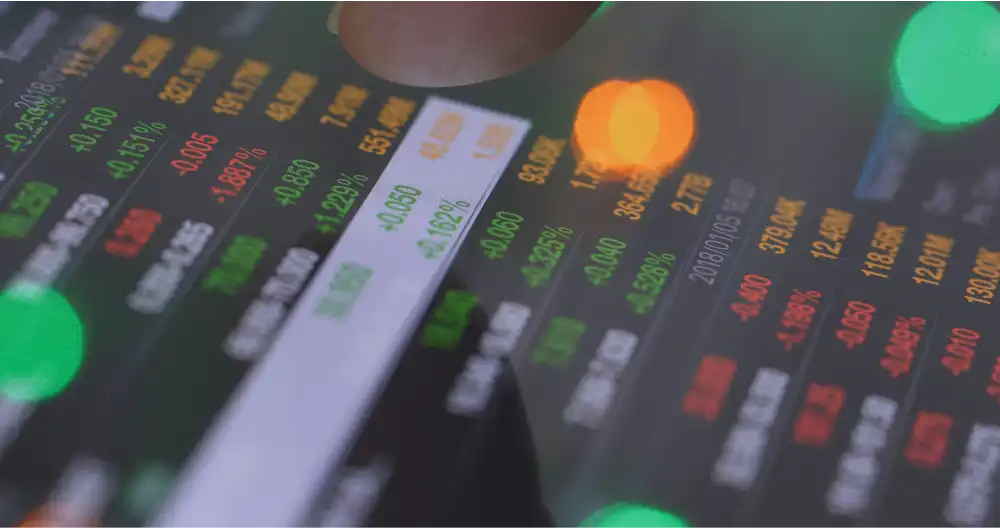
Q4 2020
In 2020, amidst one of the most tumultuous years in history, certain assets stood out and generated impressive returns.
The year began with the global economy in turmoil as lockdowns were imposed to combat the Covid-19 pandemic. The financial pain was coupled with profound social repercussions, making 2020 a year to forget.
As economies gradually reopened after the initial lockdowns, subsequent waves of the virus led to further restrictions. However, the announcement of successful vaccine developments provided hope for a global economic recovery in 2021. Additionally, the Brexit trade deal between Britain and the European Union alleviated some of the uncertainty that had plagued UK shares since the EU referendum four-and-a-half years ago.
Despite the unprecedented volatility experienced by markets during the peak of the pandemic in March, they managed to recover their losses, and many assets delivered strong performances in sterling terms. Global equities returned 12.3%, while bonds generated a return of 5.8%. Emerging markets outperformed developed markets, recording a return of nearly 15%, supported by the weakness of the US dollar. However, commodities and property experienced negative returns throughout the year.
Bitcoin witnessed a surge in demand, leading to a remarkable 281% increase in its value by the end of the year. As a cryptocurrency, Bitcoin outperformed every mainstream asset class in 2020, driven by its growing adoption as a payment method and an alternative asset.
The UK market lagged behind other developed markets, with the FTSE All Share index declining by almost 10% for the year. The UK economy suffered a more significant downturn, but the year concluded with the agreement of a Brexit trade deal, which boosted sterling and domestically focused sectors, resulting in strong gains.
European equities delivered a positive return of 7.5% for the year, despite the challenges posed by Covid-19 lockdowns. EU leaders approved a €1.8 trillion budget package, including a €750 billion recovery fund aimed at addressing the pandemic and promoting sustainable and digital economic growth in European countries.
US equities returned nearly 15% for the year, benefiting from Joe Biden's victory in the presidential election and the announcement of a $900 billion stimulus package in late December. There are expectations that further economic support measures will be implemented to bolster the US economy.
Asian markets outperformed other regions, with China recording a 25% gain in sterling terms. Although Covid-19 originated in China, the authorities were able to effectively manage and contain the outbreak, instilling confidence in the local economy and domestic companies' ability to benefit from economic growth.
In terms of sector performance, the vaccine announcement in the final quarter of 2020 triggered a notable momentum in sector rotation. Industries that were severely affected by the pandemic, such as energy and financials, experienced the highest gains. However, over the course of the year, these sectors still ended up with negative returns. Technology, healthcare, and consumer discretionary sectors, which include online retailers, delivered strong performances. These sectors greatly benefited from the increased demand for remote work tools and online shopping amid ongoing lockdowns.
In the bond market, corporate bonds outperformed government bonds in 2020, with both investment-grade and high-yield bonds delivering positive returns. Central bank interventions led investors to anticipate that yields would remain low for an extended period.
Gold saw a significant increase of 20% during the year as investors remained concerned about the pandemic's impact on the global economy. In August, the price of gold surpassed $2,000 per ounce for the first time, as it is considered a safer asset during times of market volatility.
The global economic slowdown profoundly affected the sentiment towards the oil sector. Brent Crude, which dropped below $17 a barrel in April, recovered to trade above $50 by the end of the year. Production cuts implemented to address the supply-demand imbalance played a role in this recovery.
